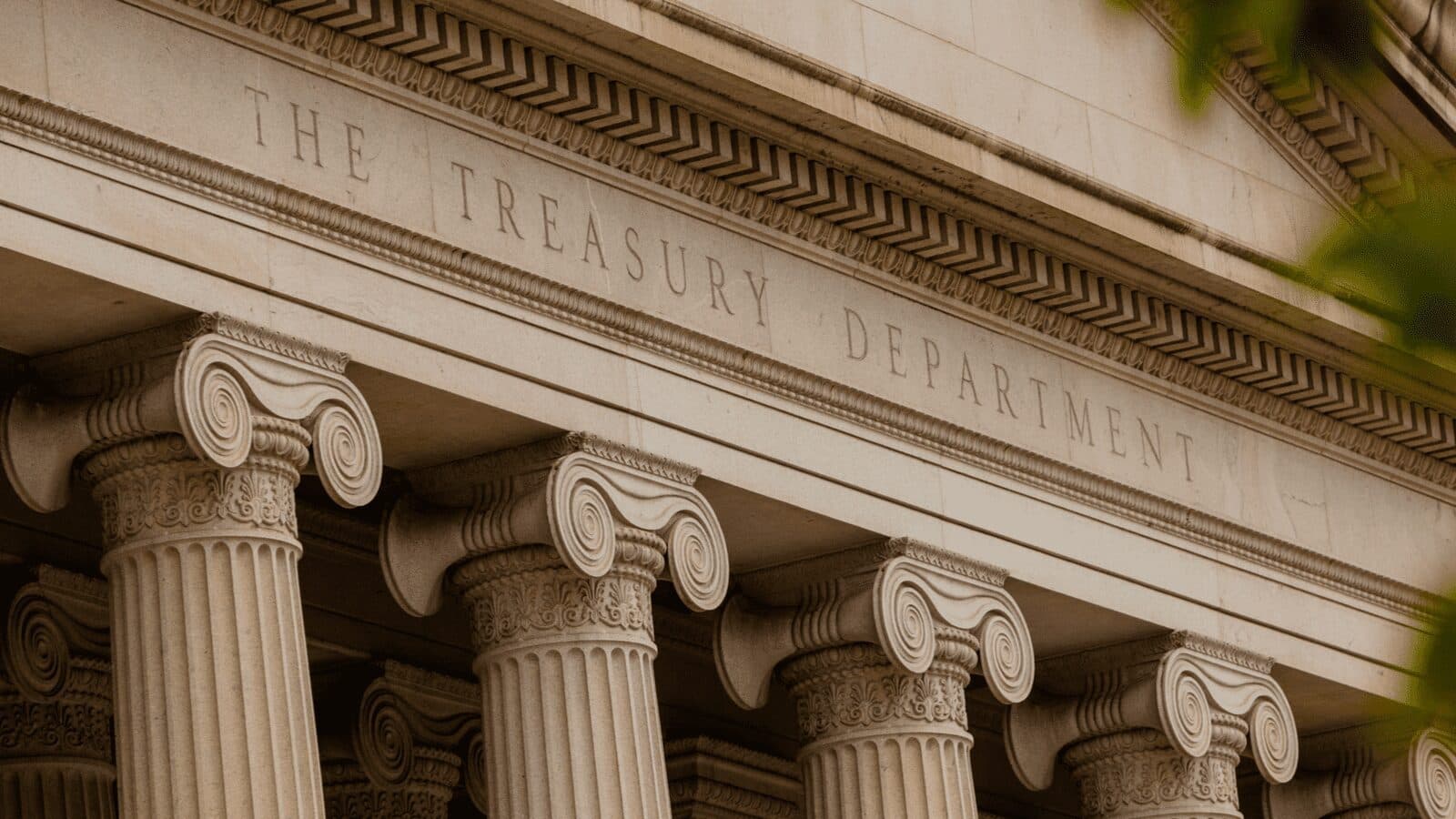UST’s Collapse Might Push Central Banks Closer to a CBDC
Industry members weigh in on how the fall of TerraUSD might affect government policy relating to a central bank digital currency

Source: Shutterstock
- The UST situation could accelerate talks of a CBDC in the US
- Even if lawmakers agree on establishing a CBDC, there is still concern over structure and role, others say
The ongoing TerraUSD meltdown might be the final push central bankers need to more seriously consider establishing a central bank digital currency, some industry experts say.
UST collapsed dramatically last week after a weekend de-pegging from its goal base-price of $1 precipitated a spiral downward to a low of $0.126 early Monday, according to CoinGecko. The token’s adjacent cryptocurrency, LUNA, plummeted from $86 last week to near $0 at time of publication.
Some industry members predict the conversation may soon shift to the need for a reliable, state-run CBDC.
“There is a demand for digital money, whether that comes in the form of stablecoins or it comes in the form of a central bank issued instrument,” said Jonathan Dharmapalan, CEO of eCurrency, which provides technology for central banks to issue and distribute CBDCs.
“Accelerating our efforts to provide a truly stable United States dollar…I think that is a conversation that’s going to have to be put on the table.”
The situation has accelerated debate around stablecoin policy and regulation in the US. US Treasury Secretary Janet Yellen has doubled down on her plea to Congress to create policy around who is allowed to issue stablecoins.
“There has been a lot of talk about stablecoin regulation and we have not landed on what is going to become law,” Dharmapalan said. “Then once it becomes law, who then regulates stablecoins? Is it the people who regulate banks, is it going to be the people who regulate securities? There’s debate about which entity becomes a regulator of stablecoins.”
Lawmakers on the hill have signaled the need for greater understanding of what a CBDC might look like in the US, Kristin Smith, executive director of the Blockchain Association, said.
“I think [the UST situation] is certainly a factor that will go into future debates on CBDCs, but I still think the challenge with CBDCs is that there are still many questions around what the design could look like,” Smith said. “Then there’s also just the issue of the time it would take for a decision to be made and for technology to be deployed.”
The Treasury will issue a “comprehensive report” on cryptocurrencies and stablecoins “shortly,” Yellen said last week, as part of a request from the President’s Working Group on Financial Markets (PWG). She also stressed that Congress should be working on stablecoin legislation too, saying that it is “highly appropriate” this gets done by the end of 2022. Even so, tangible policy is still likely a long way off, Smith said.
“I still think that’s many, many years out from happening, and by that time, I think we’re going to have a very mature stablecoin market,” Smith said.
“Our financial services system is going to look significantly different than it does today, and so the need for one might not be as acute by the time we reach that time.”
Besides, other industry experts said, a CBDC is not interchangeable with a stablecoin, and the two types of digital currency play different roles.
“The main advantage of stablecoins is the large reach, user base and solid reputation of traditional financial institutions,” Anton Chashchin, managing partner of Bitfrost.io, said. “I believe that algorithmic stablecoins do not need to be included in the CBDC system. As the recent case with UST showed, there are still significant risks to address, which need to be resolved.”
Get the news in your inbox. Explore Blockworks newsletters:
- The Breakdown: Decoding crypto and the markets. Daily.
- 0xResearch: Alpha in your inbox. Think like an analyst.






